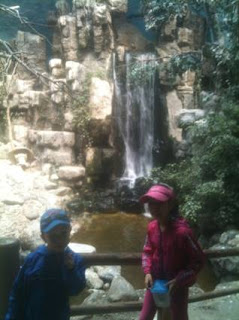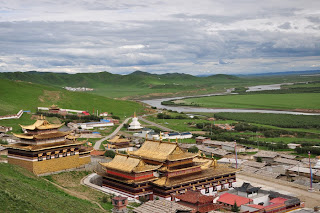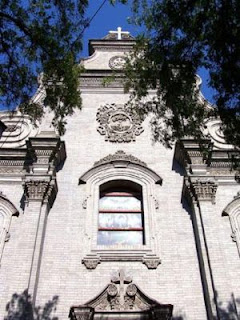 Because of the recognition of the good Wall, we tend to set to go to it in restricted time we tend to had in capital of Red China. we tend to contact with an area capital of Red China agency, it offered North American nation patient service to assist our bulwark tour consistent with wants we tend to provided. it's same that the Badaling bulwark invariably jammed with many of us virtually each day. thus we tend to picked 3 sections together with Mutianyu and Jinshanling. the $64000 trip consultant told North American nation the 3 sections have their own characteristics, they're the representative sections of the good enclose capital of Red China.
Because of the recognition of the good Wall, we tend to set to go to it in restricted time we tend to had in capital of Red China. we tend to contact with an area capital of Red China agency, it offered North American nation patient service to assist our bulwark tour consistent with wants we tend to provided. it's same that the Badaling bulwark invariably jammed with many of us virtually each day. thus we tend to picked 3 sections together with Mutianyu and Jinshanling. the $64000 trip consultant told North American nation the 3 sections have their own characteristics, they're the representative sections of the good enclose capital of Red China.First day to Mutianyu Great Wall section, we tend to were picked au fait time. we tend to lively within the Jinshanling bulwark edifice, then second day, we tend to climbed the Jinshanling. we tend to walked from Jinshanling to Simatai, as a result of they're connected. Mutianyu section is maintained higher than Jinshanling and Simatai, however Jinshanling have the serious history atmosphere. As extremely as they same, the 3 sections were less tourists and fit hiking. you've got enough time to relish the attractive and mysterious scenery and views, and take photos.
There is little doubt regarding the scenery of the good Wall, however what created North American nation thus happy throughout this tour was the service offered by the capital of Red China tour operator and therefore the guide. The perspective of the motive force and guide were superb, they told North American nation several matters would like attention within the method of hiking, and that they were terribly economical in our hiking tour. the superb guide with complete fluency in English friendly and caring perspective were completely spectacular.
All were terribly friendly, informative, and really happy to try and do everything may|they might|they may} to form our tour the simplest we tend to could have expected. we tend to cannot say enough regarding BeijingLandscapes.com and advocate them to anyone curious about jaunt China. many thanks again!




